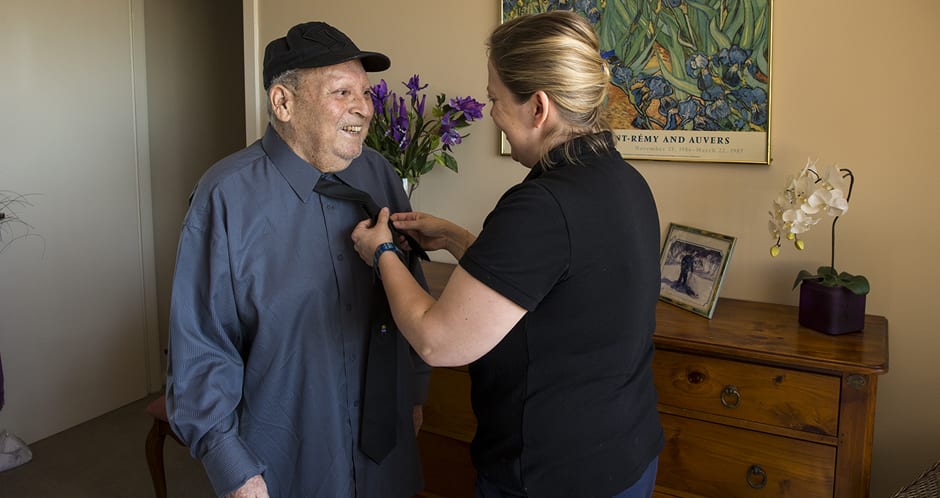
So you’ve got a government funded Home Care Package and, under the government’s Consumer Directed Care (CDC) initiative, you have the freedom to shop around and choose which services you need. This is a good thing, but how sure are you that you’re not wasting a substantial amount of your funding on unnecessary costs?
1. Every Home Care Package is now consumer-directed, meaning you have an individual budget and can choose how to use it.
2. You can spend it on what’s important to you – domestic assistance, social outings, personal support and more.
3. You choose who provides the services and when they come into your home to provide them.
The CDC initiative has already been in place since July 2015. More changes will be implemented in February 2017, when funding for a home care package will be allocated to the consumer, as opposed to the provider (which is the case now). This allows the consumer to direct the funding to a provider of their choice.
The CDC initiative has provided an opportunity for consumers to design their care around their life better but it’s up to consumers to take advantage and shop around to get the best care for them, not only financially but also in terms of quality of service.
Hundreds of Australians are getting more for less by opting to take the path of self-management.

An online community of local independent care and support workers for hire, Better Caring allows individuals, such as a family carer, to find and directly hire the right person to care for their loved one.
Fran used Better Caring to directly hire personal carers living in her community to provide quality help for her ageing mother at just $35 per hour. Fran discovered that she had been previously losing more than 30 per cent of her mother’s Home Care Package funds to administration and case-management fees and that the care itself was charged at $48 per hour.
The provider managing her mother’s Home Care Package was open to allowing Fran to engage care workers from the Better Caring platform. The move meant that Fran’s mum could afford double the hours of care with the same amount of funding, ultimately creating a better quality of life for her and increasing opportunities for her to be active and engage with the community. According to Fran, many Australians are simply unaware of their right to choose how to spend their Home Care Package funding under CDC.
But it’s not only about saving consumers money. The CDC initiative is also about enabling people to use their government funding to access the support they need to ‘age well’ – importantly, ageing well means different things to different people. For Better Caring client Jack, it means spending time with his sister Nell, taking part in enriching activities together, such as gallery visits.
Jack and his daughter Carol were able to work with Jack’s care worker to come up with activities that enrich his life and work for the family as a whole. As Carol can attest, “It’s become a new life for my father. It’s marvellous.”
Better Caring’s innovative model has provided Jack, Fran and hundreds of others with the flexibility to arrange support to fit their lives, instead of the other way around.